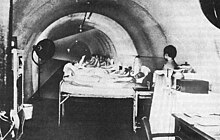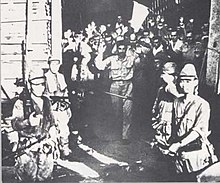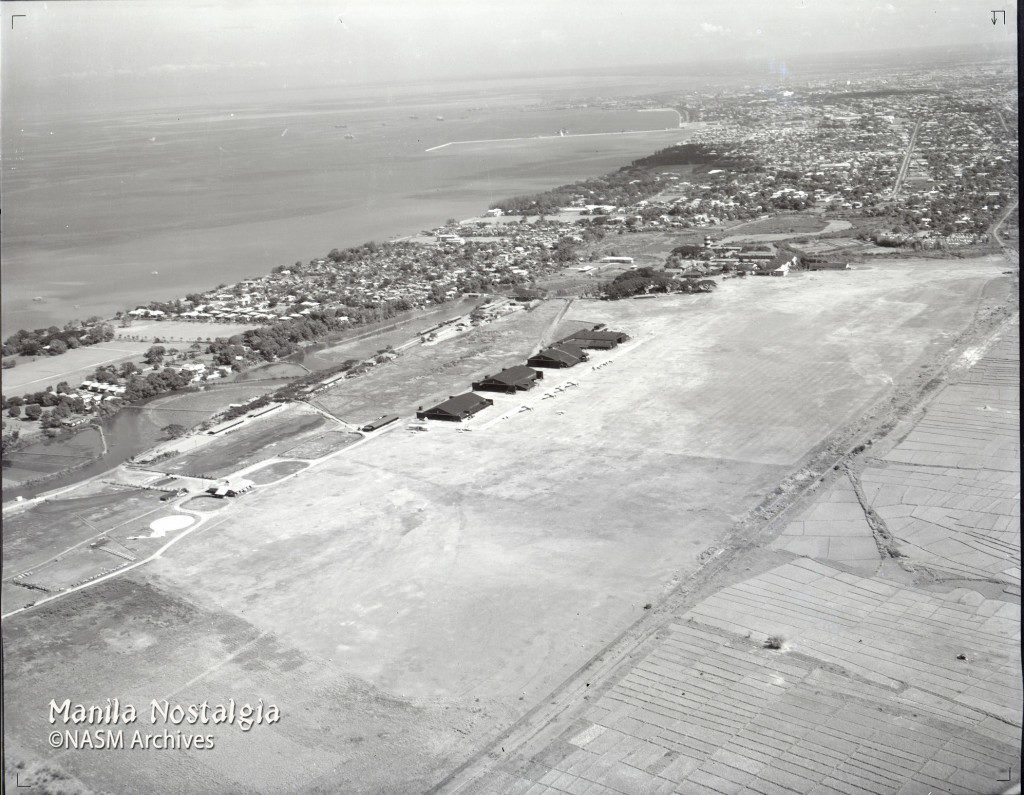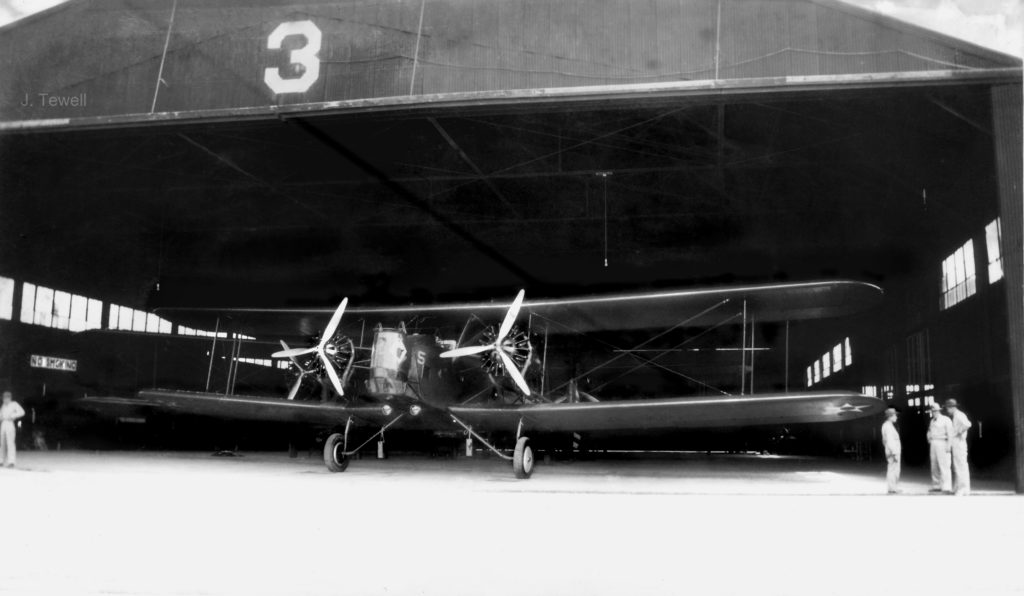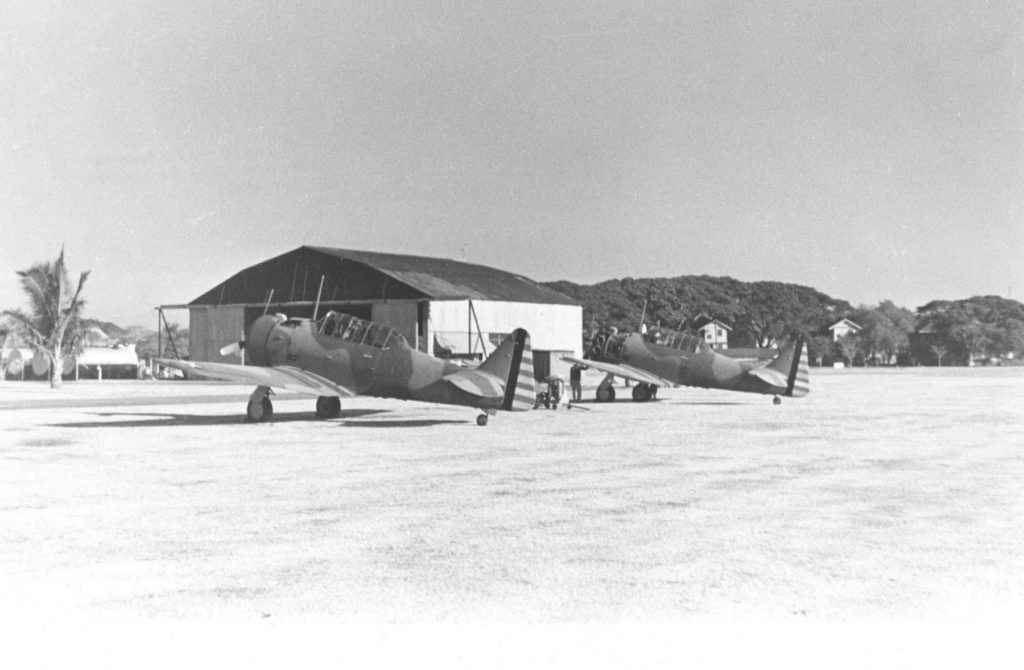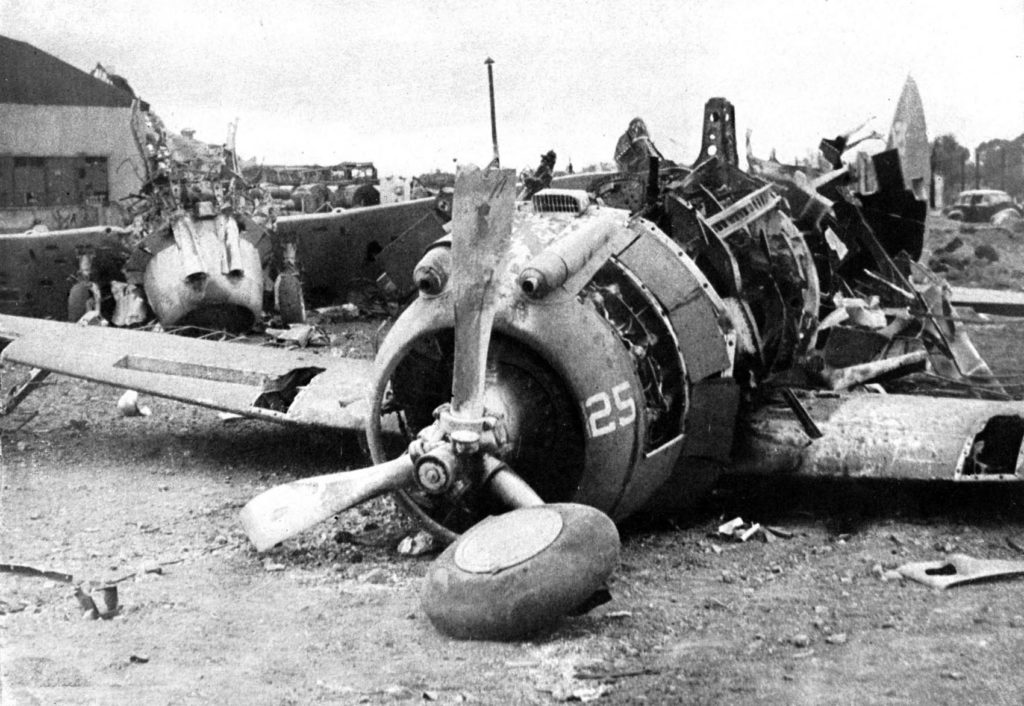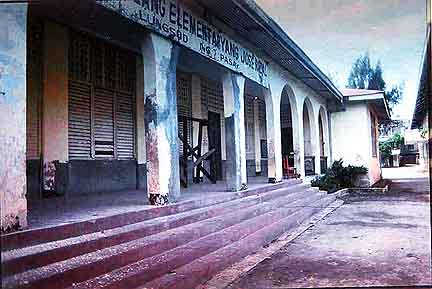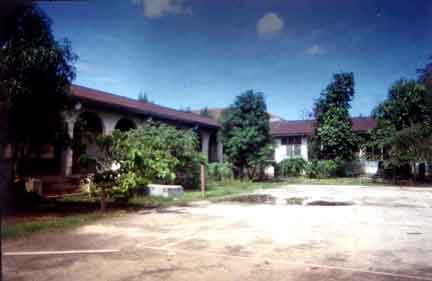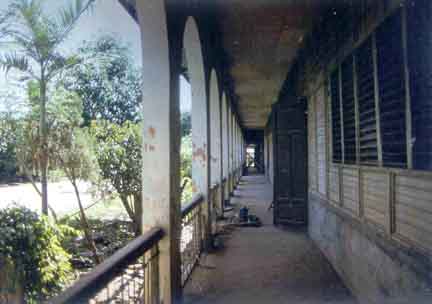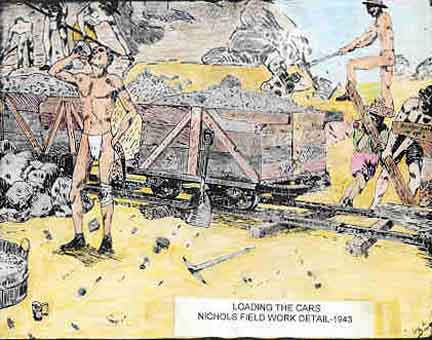
One of the few major land victories fir Japan outside of China it saw the fall of the Philippines an important us position in the pacific. v Unlike the Chinese the us/phil forces had adequate armor and air power.

The defenders made heavy use of fixed positions including coastal batteries that in end proved inadequate. Forts like drum and others were crucial but antiquated for the mobile warfare WW2 proved to be.
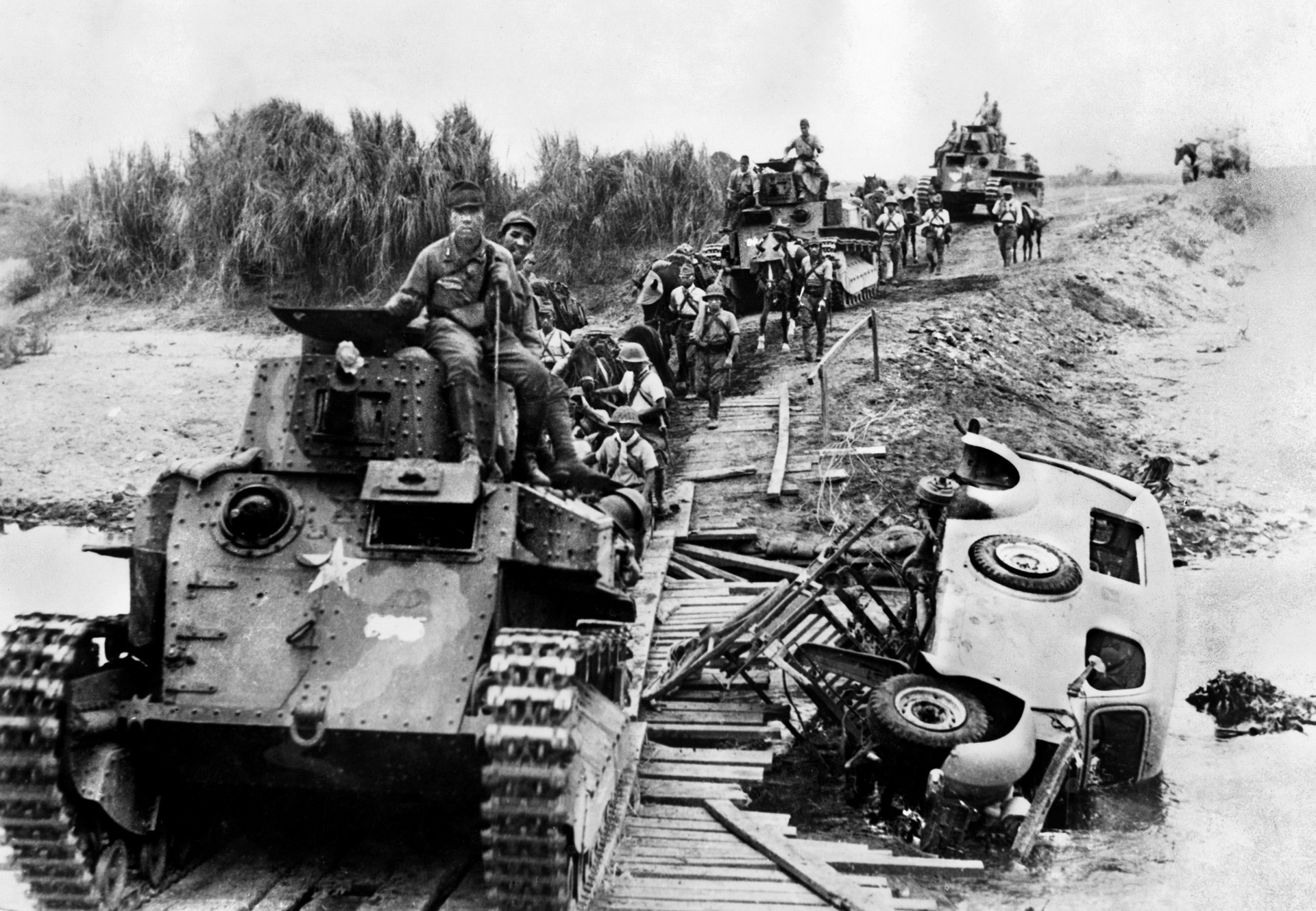
japan made good use of infantry with the 4th Infantry Division supported by armor of the 7th Tank Regiment. this allowed japan to outmaneuver the more the more defenders.
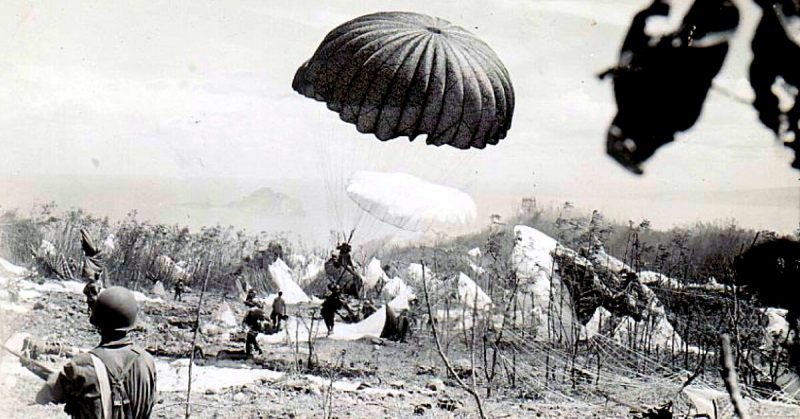
the 22nd air brigade supported the 4th and 7th taking the harbor and eventually the islands driving out McArthur and the Americans. one of many colonial power the Japanese supplanted occupying the islands for years before in turn being driven out.
more pacific maps can be nothing but a good thing, including the brave defenders of the Philippine home islands.

seeing more of the early war allows us to understand the momentum built up by japan against local and European powers. the expansion of the empire compared to the latter contraction and eventual collapse.


The Philippines a us interest in the pacific were far more developed then many island allowing for a very different feel. far more modern than many pacific maps giving a feel of mixing European and pacific battlefields.
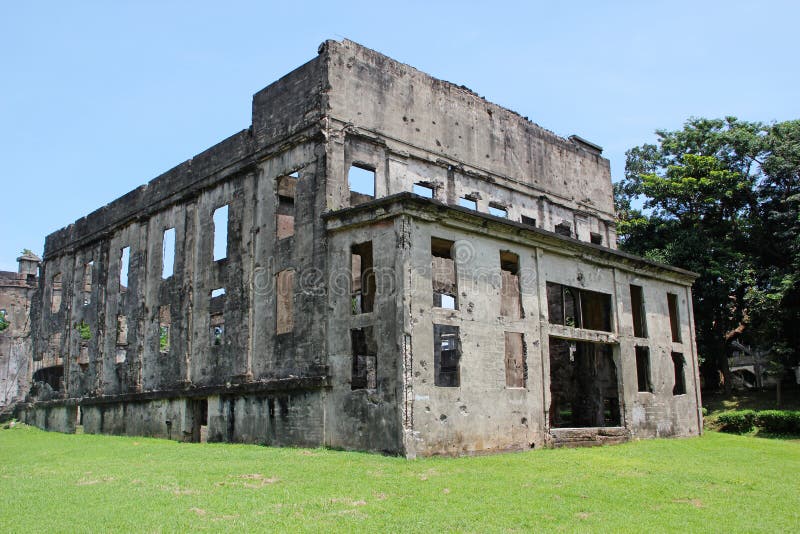
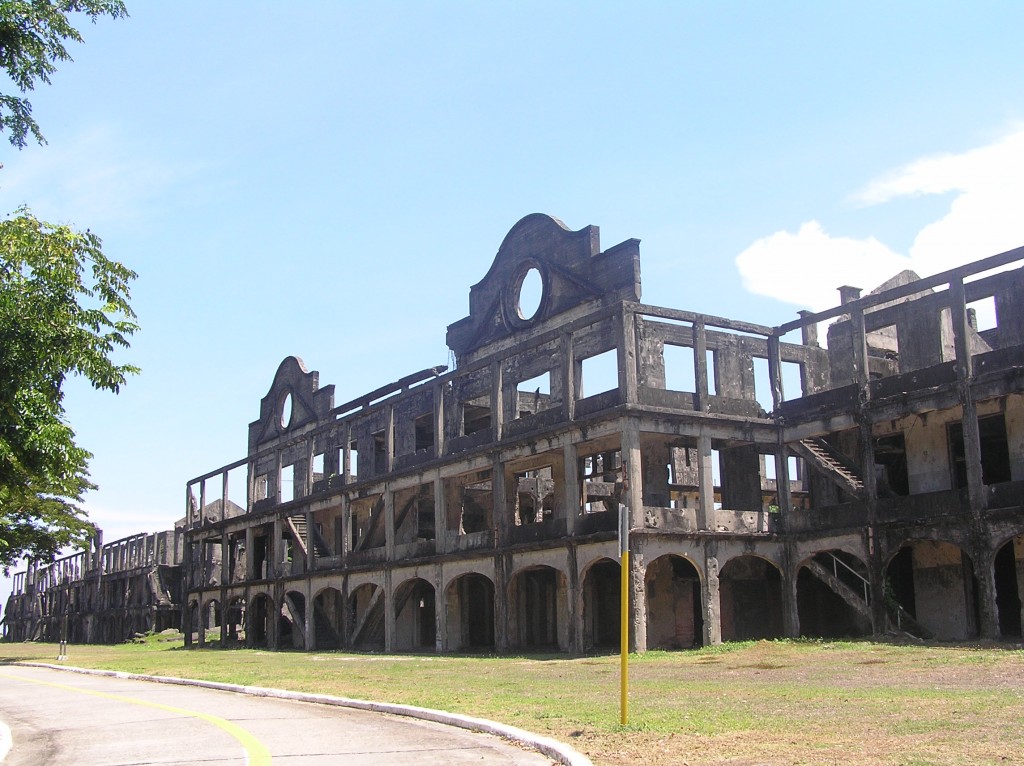
Malinta Tunnel
Malinta Tunnel
Corregidor, Philippines
 Malinta Tunnel in March 2019
Malinta Tunnel in March 2019 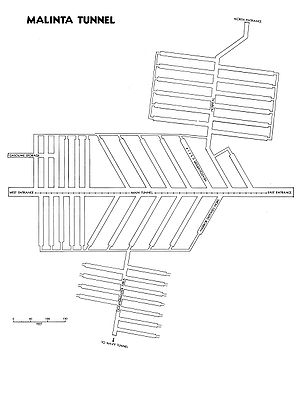 Diagram of the Malinta Tunnel layout
Diagram of the Malinta Tunnel layout
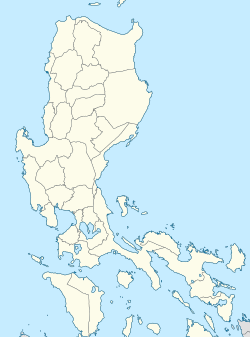
![]()
Malinta Tunnel
Show map of LuzonShow map of PhilippinesShow all
Coordinates ![]() 14°23′15″N 120°35′21″E
14°23′15″N 120°35′21″E
Type Bunker, underground hospital
Site information
Controlled by United States
Site history
Built 1922–32
In use 1932–45
Materials Concrete
Battles/wars * Battle of Corregidor
Hospital lateral in the Malinta Tunnel
Generals Douglas MacArthur and Richard K. Sutherland at USAFFE Headquarters, Malinta Tunnel, 1 March 1942
Surrender of U.S. forces at the Malinta Tunnel on 6 May 1942
The Malinta Tunnel is a tunnel complex built by the United States Army Corps of Engineers on the island of Corregidor in the Philippines. It was initially used as a bomb-proof storage and personnel bunker, but was later equipped as a 1,000-bed hospital.[1] The main tunnel, running east to west, is 831 feet (253 m) long, 24 feet (7.3 m) wide and 18 feet (5.5 m) high.[2] Branching off from this main shaft are 13 lateral tunnels on the north side and 11 lateral tunnels on the south side. Each lateral averaged 160 feet (49 m) in length and 15 feet (4.6 m) in width.[1]
Name
[edit]
The Malinta Tunnel derives its name from Malinta Hill, a 390-foot (120 m) rise through which its shaft is bored. Malinta is Tagalog for “many leeches”,[3] linta being the local word for “leech”.
Construction
[edit]
Its construction, without benefit of new equipment or funds apportioned by the United States Congress due to agreements reached during the Washington Naval Conference,[4][5] began in 1932 and the main tunnel and 25 laterals were completed in 1934. Other construction on laterals continued right up to the start of the war.[6]
The Army Corps of Engineers rented obsolete equipment from Baguio gold miners for a nominal fee and made do with condemned TNT from the Ordnance Department. The explosive delivered was in powder form, and had to be wrapped into makeshift cartridges using magazine pages, which were placed into holes drilled into the rock.[4] Labor was provided by the Philippine Commonwealth in the form of 1,000 convicts from the Bilibid Prison in Manila. A company of engineers from the Philippine Scouts worked on the construction as foremen and clerks.[7]
The cement for concrete used to line the tunnels was bought from the Japanese.[8]
Battle of Corregidor
[edit]
During the Battle of Corregidor, the third lateral on the north side from the east entrance served as the headquarters of General Douglas MacArthur and the USAFFE. Malinta Tunnel also served as the seat of government of the Commonwealth of the Philippines. At the vicinity of the tunnel’s west entrance in the afternoon of 30 December 1941, Manuel L. Quezon and Sergio Osmeña took their oaths of office as President and Vice-president of the Philippine Commonwealth in simple ceremonies attended by members of the garrison.[1][6]
Japanese troops forced the surrender of the remaining American and Filipino forces on 6 May 1942 while under the command of Lt. Gen. Jonathan Wainwright.[9]
Retaking of Corregidor
[edit]
During the re-taking of the island by U.S. forces in 1945, Japanese soldiers who had been trapped in the tunnel after the entrance was blocked as a result of gunfire from USS Converse (DD-509) began committing suicide by detonating explosives within the tunnel complex the night of 23 February 1945.[10] The collapsed laterals resulting from these explosions have never been excavated.
Today
[edit]
Today, Malinta Tunnel is the venue of an audio-visual presentation by National Artist Lamberto V. Avellana of events that occurred during World War II, including the evacuation of President Quezon and General MacArthur by Motor Torpedo Boat Squadron Three from Corregidor to Mindanao. They were later flown to Australia. Quezon ran a government in exile in the United States during the war.[11]
A plaque in the Malinta Tunnel now marks a spot on the island of Corregidor.[12]
Claims of paranormal activities from within the tunnels have been attested to by its guards, attendants and visitors, citing cold drafts, disembodied voices and shadows. Further concurring to its haunted reputation is collapsed sections of the tunnel, brought about by detonation from Japanese soldiers who committed suicide during World War II.[13]
---------------------------------------Weapons----------------------------
- Butterfly knife
- Barong (sword)
- Bicuco
- Bolo knife
- Brandt Mle 27/31
- Colt Model 1903 Pocket Hammerless
- Colt New Service
- Colt Official Police
- Dahong palay
- Enfield No. 2
- Gayang
- Golok
- Kalis
- Kampilan
- Pinutí
- Smith & Wesson Model 3
- Smith & Wesson Model 10
- Stevens Model 520/620
- Stokes mortar
- Susuwat
- Winchester Model 1897
- Winchester Model 1912
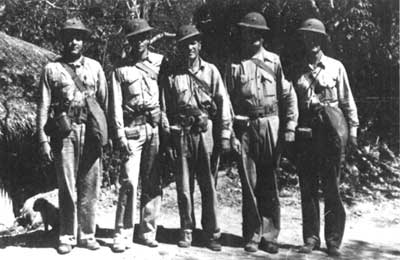
Nichols Field: The “Inhuman Hell-Hole” POW Camp
Reprisal camp. Inhuman hell-hole. The pits.
American and Filipino prisoners of war during WW2 left the Nichols Field work camp sick, hungry, emaciated, and almost unable to stand.
Some, like Private Norman Hinckley, never left at all.
Here’s why.
A strategic US base
Nichols Field was a U.S. military airfield located in Pasay, just south of Manila in The Philippines. Established in 1919 as Camp Nichols, when the Philippines was a U.S. colony, the field was strategic for defense of Manila and Luzon island’s coast.
Image 1. Nichols Field viewed from the southeast with Manila city and Manila Bay in the upper background, c. 1937. The Officers Club is in the center left (building with white roof). Flight line and hangars are in the center. Barracks, Officers Quarters, Headquarters, and Philippine Air Depot are in the upper right.
Image 2. Hangers at Nichols Field, Pasay, Philippines, c. 1930s. This photograph is in the collection of John and Jeremy Tewell.
Image 3. An American Keystone B-3 in hanger 3 at Nichols Field, c. 1930s. As of 2012, this hanger was still standing and in use at the airport where Nichols Field once was located. This photograph is in the collection of John and Jeremy Tewell.
Fall to Japanese forces
The Japanese began bombing Nichols Field on December 9, 1941–just 24 hours after the attack on Pearl Harbor in Hawaii. The attacks decimated most of the U.S. aircraft. All U.S. Far East Air Force (FEFA) personnel withdrew from the airfield, and Japanese forces occupied is on December 28, 1941.
Image 4. Two North American A-27s of the 17th Pursuit Squadron at Nichols Field, in 1941. All of the A-27s at Nichols Field were destroyed when the Japanese attacked the island.
Image 5. Wrecked P-35s at Nichols Field in the wake of Japanese bombing attacks, December 10, 1941.
Nichols Field became a fighter base for the Japanese Imperial Naval Air Service. And they desired to turn it into to make it the Pacific’s largest air base.
A dreaded POW work detail
So, beginning in July 1942, Nichols Field became a work detail camp for American and Filipino POWs. The imprisoned men were forced to build that runway.
Prisoners were housed at the Pasay Elementary School, about 1 mile from the field. Former POW Al McGrew described his experience arriving at Pasay:
As the trucks groaned to a stop, we were prodded to the ground and lined up for a count. After the count, we were marched up on the front porch and into the school.
The building was rectangular, with a large courtyard in the center. We were lined up in the courtyard and stood waiting. In a short while Japanese guards came from the front of the building and counted off twenty men. These were herded to the first [class] room we passed when we entered from the front porch. The next twenty men were counted off and led to the second room….This continued until most of the rooms on that side of the building were occupied.
[In each classroom] a row of ten men slept at right angles to the aisle way, and the other ten…were located in the second row [with about 10 inches of space between rows]. Each of us placed our sparse belongings at the head of our “beds” to serve as a pillow. The thin, woven bamboo matting that covered the sleeping surfaces offered little protection for our now lean bodies….
Image 6. Front steps of Pasay Elementary School, where Nichols Field POWs were housed. Photo by Al McGrew.
Image 7. POWs assembled in the Pasay Elementary School courtyard each morning and evening for roll call.
Photo by Al McGrew.
Image 8. Veranda of Pasay Elementary School leading to classrooms (ie, POW sleeping quarters). Photo by Al McGrew.
Image 9. POW work detail loading mine carts with dirt and rock as they built the new Nichols Field airstrip, 1943. Drawing from Al McGrew.
In order to build the large runways that the Japanese wanted, the POWs leveled hillsides by hand–with pick and shovel. They were forced to dig, day and night, at the base of a hill until the dirt collapsed. They then loaded the dirt and rocks into small mining carts and hauled it away. Men who couldn’t get out of the hillside collapse were buried alive.
Recapture by the Americans
In February 1945, Nichols Field was attacked and recaptured by American forces, receiving heavy damages during the battle. Once repaired, it again served as a US base.
After the Philippines gained complete independence from the United States, Nichols Field became headquarters for the Philippine Air Force. Today Ninoy Aquino International Airport shares the field with the air force headquarters.
Nice suggestion, as you said, one of the only Land Victories for Japan against US forces. Id love to see this battlefield in the game
